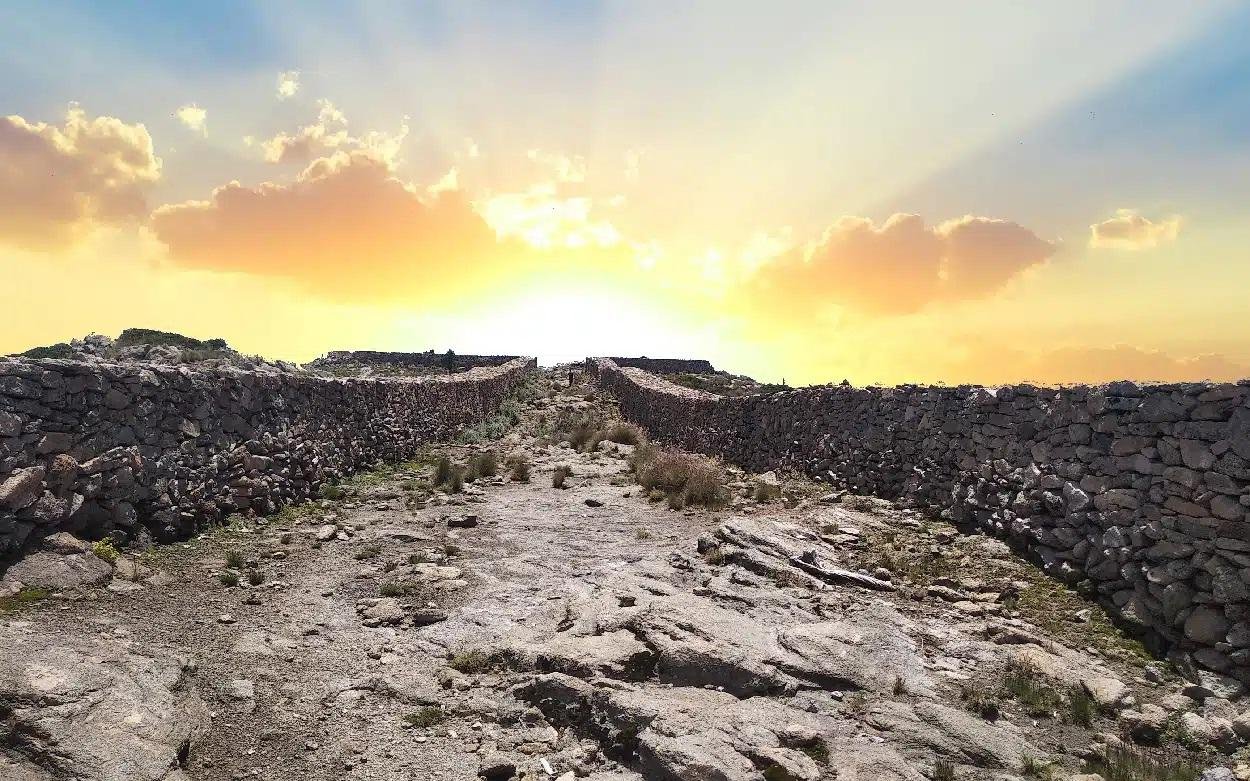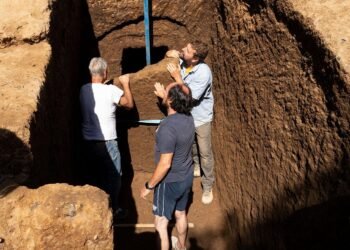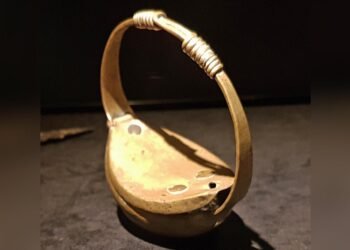A straight stone causeway on Mount Ttlaloc aligns with the rising sun on February 23rd/24th, according a study published in the Proceedings of the National Academies of Sciences (PNAS).

Exequiel Ezcurra is not a professional archaeologist. He is a conservationist and ecologist who is currently researching the origins and evolution of corn agriculture in Mexico. However, the research team he led made an exciting discovery about the ancient people of the Mexico Basin: early inhabitants of the Mexico Basin utilized ruins on a nearby mountain to keep an accurate agricultural calendar.
The team started by examining various horizontal landmarks and cross-referencing them with ancient codices to see if they were mentioned in any surviving written records. Following this process, the team decided to focus on Mount Tlaloc, which, due to its eastern location, was a likely candidate for an ancient observatory.
This mount is an eroded stratovolcano, located in the State of Mexico, in the municipalities of Ixtapaluca and Texcoco. The Aztecs worshiped the mountain and associated it with the rain god Tlaloc as one of his earthly dwelling places, known as Tlalocan.

The researchers discovered that on the 23rd/24th of February, an observer standing in the lower part of the stone causeway on Mount Tlaloc and looking upwards will see the sun riding exactly in the middle of the shaft. This date has previously been identified as the beginning of the new year in the Mexican calendar.
The same alignment can be found when Mount Tlaloc is viewed from Mount Tepeyac, a sacred site whose use as a sacred mount and solar observation post preceded the establishment of the Mexica civilization in the Basin.
“Many early codices seem to validate the working hypothesis that Mount Tlaloc was instrumental in the establishment of the date of the Basin’s new year and in the adjustments necessary to keep the agricultural calendar in synchrony with the solar year,” the researchers state in their paper.
Therefore, even in the absence of navigational and calendric instruments, the inhabitants of the Mexican Basin were able to keep an accurate agricultural calendar, allowing them to plan their agricultural cycle to feed one of the world’s largest populations while also maintaining rituals associated with the solar seasons.
More information: Ezcurra, E. et. al., (2022). Ancient inhabitants of the Basin of Mexico kept an accurate agricultural calendar using sunrise observatories and mountain alignments. Proceedings of the National Academy of Sciences. 119, 51. DOI: 10.1073/pnas.2215615119
























